EU Project Session
 |
Lydia Sanmartí-Vila |
|
 |
Michael Wale |
Synopsis
For the eighth time, the European Optical Society (EOS) organizes a special session for EU project partners to disseminate their results. Projects will present their goals and results to the conference audience. The program includes EU projects involving international consortiums (e.g. no ERC projects), that are active at the time of the conference (September 2024) or have finished within the three months prior the conference (projects finished before June 2024 were not considered).
Sessions include projects on Quantum, Sensing, and beyond.
Topics
All topics related to Optics and Photonics are included.
EU Project Session: Introduction
The first session will include a speech by Werner Steinhögl on Perspectives for Photonics in the frame of the PPP and the Chips Act, as well as introductions to the Photonics21 platform, the PhotonHub One-Stop-Shop, and the CARLA project, followed by a 30-minute round table discussion. For more details about the talks included in this session, please click HERE.
EU Project Session: Sensing and more
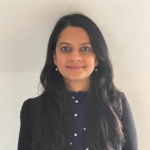
Susmita Sridhar
Tematys (FR)
Ultrasensitive BIOsensing platform for multiplex CELLular protein PHEnotyping at single-cell level
BIOCELLPHE provides frontier scientific and technological advancements to generate a breakthrough technology realizing the identification of proteins (i.e. phenotyping) as diagnostic biomarkers at single-cell level with unmatched sensitivity, multiplexing capabilities and portability. BIOCELLPHE proposes the generation of engineered bacteria able to recognize and bind to specific protein targets on the surface of circulating tumor cells (CTCs) responsible for cancer metastasis, thereby triggering the production of chemical signals that can be detected simultaneously, and with extremely high sensitivity by surface-enhanced Raman scattering (SERS). SERS is a powerful analytical technique that employs plasmonic nanoparticles as optical enhancers for ultrasensitive chemical analysis achieving single-molecule detection level. BIOCELLPHE will implement these advancements toward the generation of an optofluidic lab-on-a-chip SERS device enabling ultrasensitive identification and multiplex phenotyping of CTCs. We anticipate that BIOCELLPHE long-term vision and scientific breakthrough will lead to a sky limit technology that will be widely applicable, not only in the diagnostic arena, but also in many other applications (e.g. biomedical, environmental). No one has previously been able to attempt this vision due to current challenges and technical limitations, but we believe to be in a position to pave a way for achieving this now. To realize this highly ambitious project, BIOCELLPHE gathers a highly multidisciplinary community of leading experts in synthetic biology, nanotechnology, plasmonics, microfluidics, artificial intelligence, and cancer diagnosis. We believe that successful deployment of BIOCELLPHE has the potential to usher in a new era of medical diagnostics and it will provide new paradigms in biology and biomedicine, advancing frontier science and technologies at the European academic and industrial sectors.
About the speaker
Susmita Sridhar, PhD, has a doctoral degree in Optics, Photonics and Image processing from Institut Fresnel, Aix-Marseille University (AMU), Marseille and The Institute of Photonic Sciences (ICFO), Polytechnic University of Catalunya (UPC), Barcelona. Her research career revolved around developing and optimizing optical imaging techniques such as Microscopy and Nanoscopy (SIM, SPT, PALM/STORM), Wide-Field Diffuse Optical systems (Polarization-gated optics), Hyperspectral Imaging etc. for various biomedical applications. For the past 3 years, she has worked at TEMATYS as the Report Production Manager & handles all the European Projects.
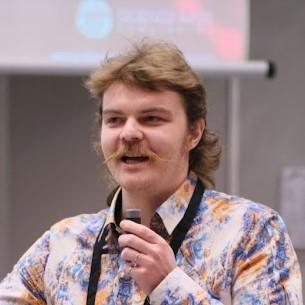
Dawson Bonneville
University of Twente (NL)
On-chip PHotonics Erbium-doped Laser for LIdar
Miniaturized, yet highly sensitive and fast LiDAR systems serve market demands for their use on platforms ranging from robots, drones, and autonomous vehicles (cars, trains, boats, etc.) that are mostly used in complex environments. The widespread use of high-performance LiDAR tools faces a need for cost and size reduction. A key component of a LiDAR system is the light source. Very few lasers light sources exist that provide sufficient performance to achieve the required distance range, distance resolution and velocity accuracy of the emerging applications identified in LiDAR roadmaps. The available sources, namely single mode or multimode laser diodes and fiber lasers, are either very costly, not sufficiently robust or not compact enough. In OPHELLIA, we will investigate advanced materials and integration technologies directed to produce novel PIC building blocks, namely high gain, high output power (booster) amplifiers and on-chip isolators that are not yet available in a PIC format with the required performance. The novel building blocks will be monolithically integrated onto the Si3N4 generic photonic platform to produce high performance laser sources with unprecedented high coherence and high power, which will have a profound impact on the performance of the systems. Advanced packaging will further contribute to a dramatic reduction of the overall cost. To achieve this ambitious goal, OPHELLIA will leverage the expertise of its consortium members, ranging from materials, integration technologies and PIC design to packaging and LiDAR systems integration, which covers the full chain from innovation to the deployment of the technology in a relevant environment. The successful realization of OPHELLIA will not only represent a milestone towards the widespread utilization of LiDAR systems, but the developed building blocks will also have an enormous impact in other emerging application fields such as datacom/telecom, sensing/spectroscopy and quantum technology.
About the speaker
Dawson completed his Bachelor’s and PhD in Engineering Physics at McMaster University, Ontario, Canada, where he focused on the development of various waveguide platforms for amplifiers, lasers and sensors in integrated photonics. Currently a postdoctoral researcher at the University of Twente in the Integrated Optical Systems group focusing on Erbium doped Aluminium oxide waveguide amplifiers as a source for LIDAR, and the development of low-loss passive waveguides in the UV for industrial Raman sensing and Ion-traps.
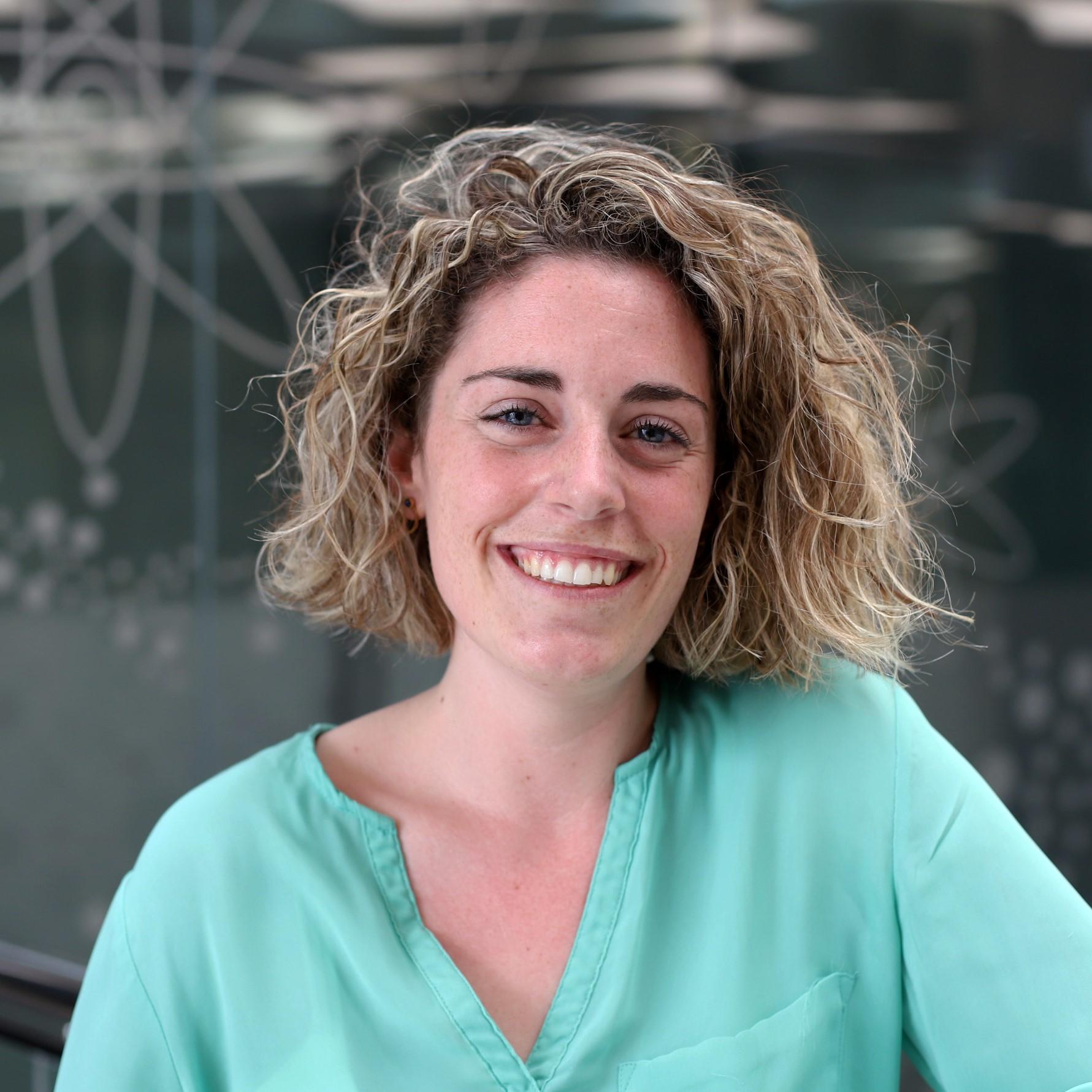
Judith Salvador Herena
ICFO (ES)
BIO-PHOTONIC IMAGING OF THE INFANT BRAIN, THE MISSING LINK BETWEEN THE CELLULAR BRAIN DAMAGE AND THE NEUROVASCULAR UNIT DURING ACUTE ILLNESS (TinyBrains)
Tiny Brains is a multi-disciplinary and collaborative project that brings together end-users, academy and industry. The end-users are the specialists in the treatment and management of infants born with congenital heart-defects and clinical imaging experts. The researchers in the academic institutions are physicists and engineers experts in biophotonics, and the industry members add their expertise in medical and monitoring devices like EEG, fNIRS, DCS and biophotonics standards.
About the speaker
Judith Salvador holds a degree in Economics from the Universitat Pompeu Fabra and a master's degree in Project Management from Universitat de Barcelona. She joined ICFO in 2018, where she has been an integral part of the Projects unit, focusing on managing European projects. In her role, she has successfully overseen several high-profile EU projects, including H2020 initiatives such as VASCOVID, NANO-GLASS, and OPTOlogic, as well as HEU projects like ICONIC. She's the project manager for the TinyBrains EU project, overseeing all the technical aspects.
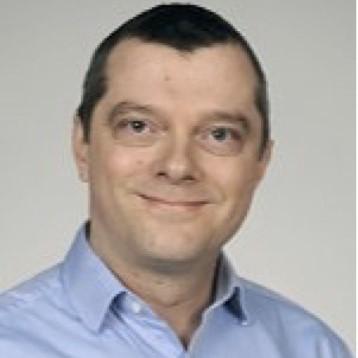
Matthieu Roussey
University of Eastern Finland (FI)
Revolutionary Accuracy in waVeguide- and photoacoustic-ENabled atmospheric sensors (RAVEN)
Main objectives of RAVEN
Objective 1: Develop a VIS-SWIR gas sensor system composed of three chips. The first chip is a powerful, affordable, and compact supercontinuum light source designed for gas sensing. This chip aims to have minimal coupling loss and an overall power output of about 100 mW. It includes a high-peak microchip laser and a LiNbO3 waveguide operating in the 400-1700 nm range with a waveguiding loss of no more than 1 dB/cm. The second chip consists of gas sensing components designed to function in harsh environments. It features a double spiral waveguide for evanescent sensing, combined with a Bloch Surface Wave platform to detect gases within the 600-1700 nm spectral range. The third chip is a data processing chip that employs both standard and heterodyne interferometry on a SiO2 chip. This chip utilizes a hybrid polymer/TiO2 waveguide to enable on-chip data analysis using a quantum-inspired approach, improving the limit of detection and selectivity for various gases.
Objective 2: Develop a compact photoacoustic cell combined with a tunable MIR laser to create the MIR sensing system. This system will be capable of detecting gases like CO2, CO, CH4, NH3, and N2O, with a detection limit ranging from 1 to 10 parts per billion (ppb), depending on the gas.
Objective 3: Evaluate the VIS-SWIR and MIR sensors with end users in the laboratory under conditions simulating real-world environments for various applications, including monitoring greenhouse gases and air pollutants in terrestrial settings, quantifying dissolved methane in seawater for climate change impact studies and monitoring offshore pipeline leaks, and measuring concentrations of methane, methanol, and ammonia above surface waters for monitoring and researching episodic pollution events.
About the speaker
Matthieu Roussey is leading the integrated optics and sensing group (about 15 researchers) of the Center for Photonics Sciences at UEF in Joensuu. He obtained his PhD from the FEMTO-ST institute (Besançon, France) in 2007. From 2007 to 2011, he was team leader in the Optics & Photonics Technology Lab at EPFL (Neuchâtel, Switzerland). He has been a senior researcher at UEF since 2011, and in October 2016, he was appointed to a tenure-track position in experimental photonics. In October 2020, he was promoted to full professor. His research interests include dielectric surface waves, novel platforms for integrated optics, complex integrated devices, and environmental monitoring. He has been on the board of directors of the European Optical Society since 2017.

Animesh Jha
University of Leeds (UK)
ISMarD: Smart, Multifunctional Dental Implants: A Solution for Peri-Implantitis and Bone Loss
The EU-Horizon-2020 ISMarD project aims to develop a smart multifunctional tooth implant for providing a long-term solution for preventing the condition of peri-implantitis. Peri-implantitis is a dental implant-related inflammatory condition induced by oral bacteria. The lack of ossification of implant with surrounding bone and soft-tissue integration leave interstitial ingress of bacteria-laden oral fluid which increases lowers the pH around the implant-alveolar bone region. Increased acidity persistent acidity leads to bone resorption, increased pain and eventual failure of implant due to bone loss. In ISMarD, the project aims to design and manufacture infection resistant implants, that are able to ossify and integrate with soft-tissue after one-step surgery. The implants will be tested in vitro using two approaches – in the standard cell and microbial cultures and in micro-fluidic/opto-micro fluidic reactors before testing in vivo in minipig and beagle dog models. The programme of research and demonstration also aims to show the sustainable manufacturing by design for prolonging the implant lifetime and diagnostics.
About the speaker
Professor Animesh Jha is a full-time professor of materials science at the University of Leeds. One of his main areas of research is in Photonic Materials & Devices, Lasers and Amplifying Gain Medium Materials, Energy Harvesting, and Photo-thermal and photocatalytic energy conversion.
AJ obtained his BE (Metallurgy) in 1979 (University of Roorkee, India), ME (Metallurgical Engineering) in 1981 from the Indian Institute of Science Bangalore (India), and PhD and DIC from the Imperial College of Science and Technology, London in 1984. Prof Animesh Jha, AJ (https://scholar.google.co.uk/citations?user=7zYfAVoAAAAJ&hl=en) has 30+ years of experience in RE-doped glass materials, processing, and applications in laser and amplifier engineering and laser-tissue matter interaction. He has published more than 230 articles in peer-reviewed journals in relevant subject areas, trained over 35 PDRFs and 45 PhD and Master’s students for dissertation.
AJ has authored a textbook on “Inorganic Glasses for Photonics” (ISBN:978 0470741702) which discusses extensively the spectroscopic properties of RE-ions in a range of inorganic glasses. Between 2012 and 2013, he was elected as an International Expert for participating in rare-earth and critical materials Tri Nations’ (US-EU-Japan) workshops and contributed to the policy making discussion of EU Parliament for the Raw Materials Security and Supply (https://ideas.repec.org/p/hal/wpaper/cea-01550114.html). In 2012, AJ was also appointed by the US-DoE as an expert for evaluating the bids for setting up a Critical Materials Research Centre, which was won by AMES Laboratory in Ames, Iowa.
AJ earned Fellowships of the Institute of Physics (in 2010), Royal Society of Chemistry (2015), and Optical Society of America (2019)
Radwan Chahal
University of Rennes (FR)
Innovative environmental multi-sensing for waterbody quality monitoring and remediation assessment
Environmental water pollution is a growing global issue, leading to increasing regulations and concurrent increased demand for improved water quality monitoring solutions to meet the European Green Deal objectives. To this end, IBAIA will design, develop and combine four innovative and complementary sensors for continuous water analysis: 1) a Mid-IR sensor detecting organic chemical pollutants, 2) a VIS-NIR sensor detecting salinity and microplastics, 3) an optode detecting physical- chemical parameters, and 4) an EC sensor detecting metallic trace elements (MTE) and nutrient salts (NS). These four sensors will be integrated and packaged into a single advanced multisensing system. The IBAIA system will more accurately monitor a wider range of parameters than existing solutions in a one-size-fits-all solution for many end users, with a highly EU-centric supply chain, that will supplant a wide number of inferior non-EU alternative solutions.
About the speaker
Radwan Chahal obtained is PhD in 2015 on rare earth doped chalcogenide glass fiber for CO2 sensing at University of Rennes (France). Then, he moved for a two years postdoctoral position at NTNU Trondheim (Norway) working on chalcogenide and phosphate glasses doped with ZnSe:Cr3+ for laser applications. In 2018, he has been hired by SelenOptics, a company who provided chalcogenide based microstructured optical fiber. Since early 2023, he is researcher and project manager for the IBAIA Horizon project (N°101092723) in Glass & Ceramics team at University of Rennes. On his duty as researcher, he is developing chalcogenide glass target and thin film for sensing applications.
EU Project Session: Quantum and more
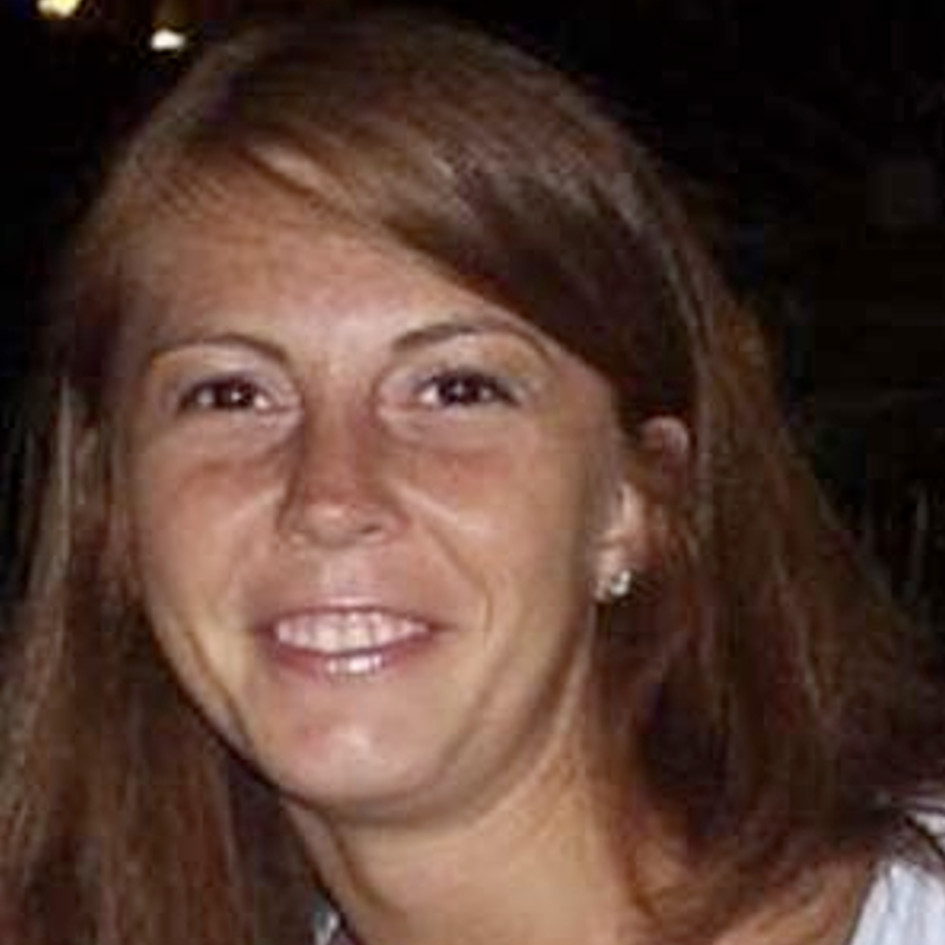
Maria Antonietta Ferrara
CNR (IT)
moleculAR maTerials for on-chip intEgrated quantuM lIght sourceS
ARTEMIS proposes fundamental research toward the development of integrable single and entangled photon sources based on metallorganic molecular compounds. The project is motivated by the urgent need for novel quantum sources with unprecedented versatility, flexibility and performance. This goal will be pursued by resorting to molecular materials, based on transition metal and/or lanthanide ions with organic moieties, characterized by tunable linear downshifted emission as well as non-linear optical properties enabling on-demand single photons and entangled photon pairs/triplets generation. Such flexible and processable metallorganic materials will replace traditional quantum photon sources based on bulk inorganic crystals allowing for the direct integration of wavelength-tunable quantum sources on current devices. The molecular quantum sources will be combined with suitable designed plasmonic supernanostructured cavities to achieve the highest optical enhancement. The proposed progress will be gained through cutting-edge synthesis techniques and advanced characterization methods integrated with nano-photonics engineering strategies. The devices and methods developed in this project will lead to photon sources with competitive performance in terms of coherence, efficiency, scalability, and cost. This will lead to a fundamental breakthrough in the development of quantum technologies, paving the way to bring them out of the laboratory into the real world.
Project website: https://www.artemis-quantumproject.euAbout the speaker
Maria Antonietta Ferrara is a Researcher at the Institute of Applied Sciences and Intelligent Systems of the National Research Council of Italy. Her research interests are in fields of digital holography, volume holographic optical elements, nonlinear optics, coherent Raman spectroscopy and microscopy. She is the Coordinator of the ARTEMIS project funded by the European Commission under the Call “HE EIC PATHFINDER CHALLENGES-01-06”.
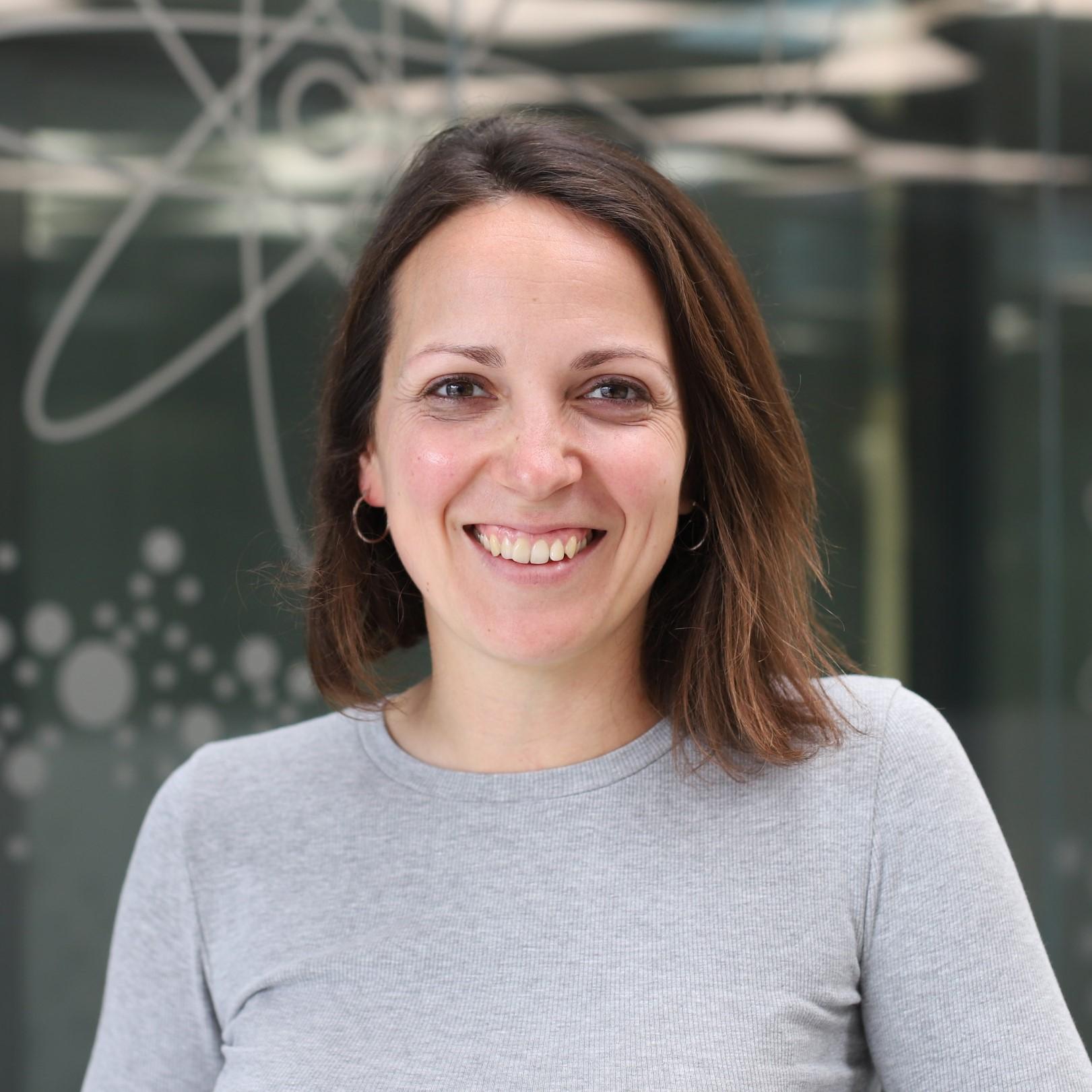
Marta Sans
ICFO (ES)
2D materials enabled Wide spectrum image sensors and optical NEURAL network based low power consumption computer VISION
2DNeuralVision is an EU project that brings together 7 European research centres, leading universities, and innovative companies from 4 different countries to develop the enabling components for a low-power consumption, computer vision system that could be used for adverse weather and low light conditions.
About the speaker
Dr. Marta Sans earned her Ph.D. in Chemistry from the Autonomous University of Barcelona (UAB) in 2014. She then pursued postdoctoral research at the University of Hamburg, focusing on photochemistry tools for the time-resolved structural determination of proteins. Following her postdoc, Sans joined the Institute of Photonic Sciences (ICFO) as a project manager for EUcoordinated initiatives. In this role, she has successfully managed several EU projects, including LESGO, SOREC2, and the Optoelectronics Work Package of the Graphene Flagship, the largest research initiative funded by the European Union. She is now the project manager for the 2DNeuralvision project.
Daniel Díaz Rivas
Lund University (SE)
Single-shot, ultrashort laser pulse characterization based on the dispersion scan technique
Ultrashort laser pulses are prominent enabling tools in countless advanced applications, ranging from fundamental research to medical and industrial use. However, despite a number of established techniques, straightforward characterization of ultrashort laser pulses has remained a nontrivial task. The project SISHOT, funded by the European Innovation Council, focuses on the development of advanced ultrashort laser pulse characterization based on the dispersion scan (d-scan) technique. In particular, two d-scan implementations, capable of characterizing ultrashort laser pulses in single-shot operation, are being further developed to meet the needs in academy and industry. SISHOT builds on the outcome of previous proof-of-concept projects, funded by the European Research Council. It is driven collaboratively between the research group for attosecond physics at Lund University in Sweden and the deep-tech company, Sphere Ultrafast Photonics, located in Porto, Portugal.
About the speaker
I come from the region of Galicia, located in the northwest of Spain. I did a Bachelor's degree in Physics at the University of Santiago de Compostela, which I completed in 2020. My interest in optics and my desire to study abroad brought me to Lund to do a Master's degree in Photonics. During my second year of my master's degree, I joined the attosecond physics research group to work on my master's thesis. The goal of my master's thesis was the implementation of the d-scan technique for the measurement of ultrashort laser pulses with time-dependent polarization. In September 2022 I began my doctoral studies, under the supervision of Cord Arnold, Anne L’Huillier and Anne-Lise Viotti. Since then, I have been working on the SISHOT project in the development of single-shot characterization of ultrashort laser pulses with the d-scan technique. My work is mainly experimental, designing and implementing new optical arrangements that can extend the d-scan technique to new measurement regimes.
Erik Benkler
Physikalisch-Technische Bundesanstalt (DE)
Sensing Quantum Optical Coherence Tomography with AI
Optical coherence tomography (OCT) is a key imaging technology, especially for ophthalmology, allowing noncontact high resolution 3D imaging which has helped to save the sight of millions of people across the world. OCT developed rapidly since its invention in 1991 but has stalled since reaching the practical axial resolution (∆z) limit of ~1 μm (>5 μm for most commercial systems). Quantum OCT (QOCT) offers a potential factor of two improvement in ∆z together with greatly reduced sensitivity to dispersion. By employing the orbital angular momentum (OAM) as an additional quantum degree of freedom in QOCT, the project aims to protect the system from environmental noise and furthermore to deliver improved edge definition and surface profile.
About the speaker
Erik Benkler is a staff scientist at Physikalisch-Technische Bundesanstalt (PTB), the German National Metrology Institute (NMI). In his PhD thesis at TU Darmstadt, Germany, he investigated photoinduced effects in liquid and liquid crystalline guest-host systems, with longer research stays at institutes in Italy and Hungary. In 2004 he joined PTB working mainly on measurement techniques with femtosecond lasers. Since almost 10 years, he is responsible for optical frequency combs linking the ultrastable cavity-stabilized lasers, the Cesium fountain and various optical atomic clocks developed at PTB, and the international fiber link to several other European NMIs.
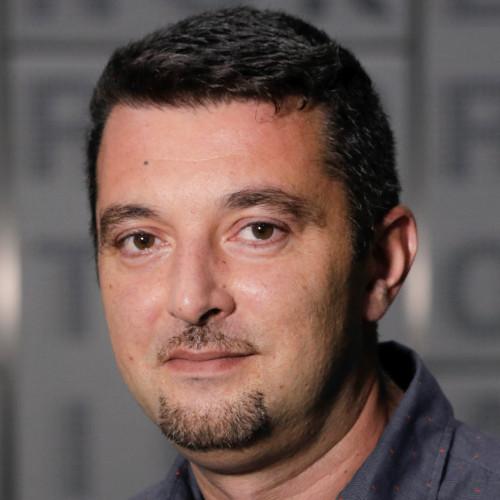
Mher Ghulinyan
FBK (IT)
EPIQUS Electronic-photonic integrated quantum simulator platform
A cornerstone for the future of experimentation, simulators allow real-world scenarios and conditions to be explored without the associated risks, costs, or time restrictions imposed by the real world. Integrating the nature and behavior of matter and energy on atomic scales creates a more authentic virtual world in which simulations can run following the rules of quantum mechanics to model new smart materials, predict chemical reactions, or solve high-energy physics problems. However, the ways to access quantum behaviors are often hampered by the need for complex conditions and costly solutions. The EPIQUS project, funded by the EU Horizon 2020 – FET initiative, is creating a lab-accessible and affordable quantum simulator (QS) operable at room temperature. Such a QS has the potential to provide many advantages including supporting rapid and widespread innovation.
About the speaker
M.S. in 1995 and Doctoral degree in physics in 1999 from the Yerevan State University. As a postdoc (2002 to 2006) at the University of Trento, his early-career research in Silicon Photonics - Optical superlattices (OSL) – paved the way to the first-time demonstrations of fundamental phenomena: photonic Bloch oscillations [PRL-2003] and resonant Zener tunneling [PRL-2005-a], Anderson localization of light and observation of optical necklaces [PRL-2005-b], vapor control of photonic bands [PRB-2006] and all-optical switching using capillary condensation [Nat.Photon.-2007]. Currently, he is a senior researcher at the Centre for Sensors and Devices - Fondazione Bruno Kessler and holds a leading role in the development of SD-FBK’s capacities to perform optical engineering and fabrication of different micro/nano-optical components and circuitry. His interests are in the field of integrated optics, with a particular focus on the developments towards Silicon Quantum Photonics and monolithic integration with Si single-photon detectors. He held the course of Photonics at the University of Trento as contract professor from 2013 to 2018. He is a senior member of Optica (former OSA), active reviewer for NPG, APS and OSA, author of books, several book-chapters, editor of one book, more than 130 research papers and inventor of several patents.
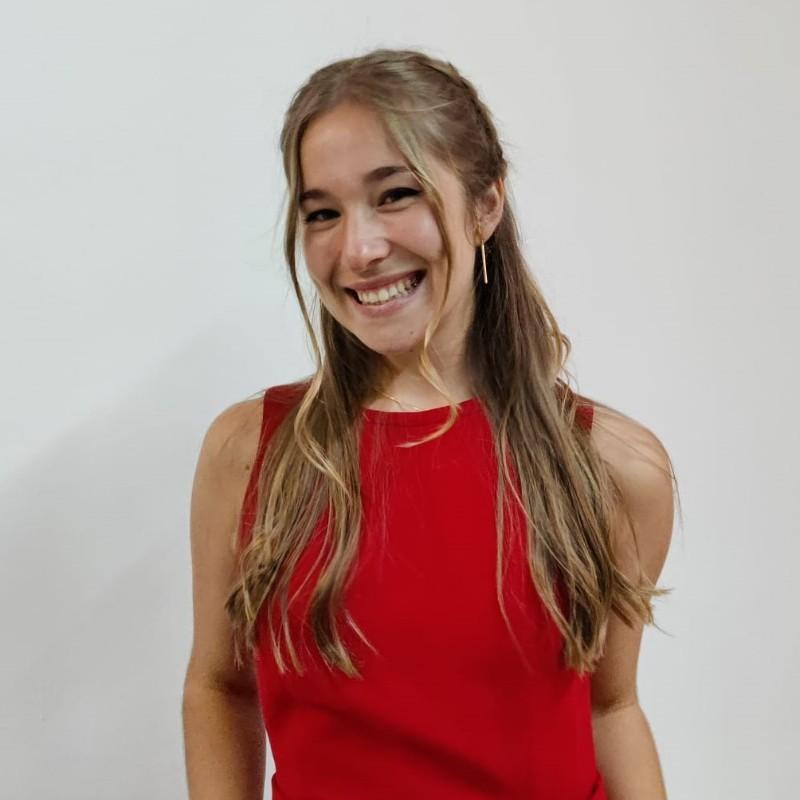
Paula Alonso
ICFO (ES)
Quantum Secure Networks Partnership
QSNP is a European Quantum Flagship project that aims to develop quantum cryptography technology to secure the transmission of information over the internet.
QSNP will contribute to the European sovereignty in quantum technology for cybersecurity protecting the privacy and the sensitive information of European citizens transmitted over the internet.
About the speaker
Paula Alonso is physicist and currently a second-year Ph.D. student at ICFO, where she is supported by a scholarship from the Spanish Ministry under the supervision of Prof. Valerio Pruneri. Her research focuses on the practical applications of Quantum Key Distribution (QKD) and its combination with both Post-Quantum Cryptography and Quantum Random Number Generators, explores theoretically and experimentally beyond QKD protocols like Quantum Oblivious Transfer, and collaborates in multiple European quantum-safe projects like the Quantum Secure Networks Partnership (QSNP). During her master’s in Quantum Science and Technology, Paula applied her knowledge to real-world quantum technology challenges in her thesis at SandboxAQ, a Google spin-off.
